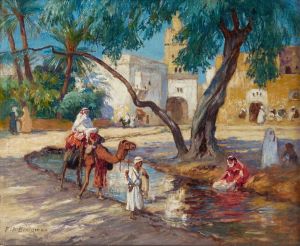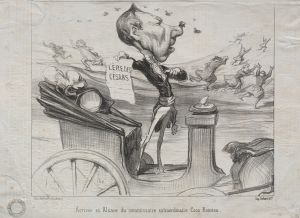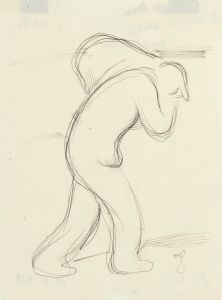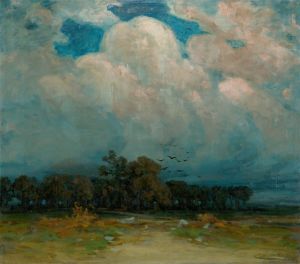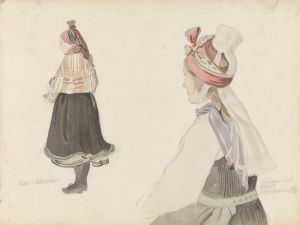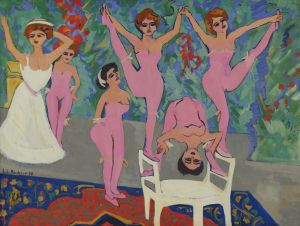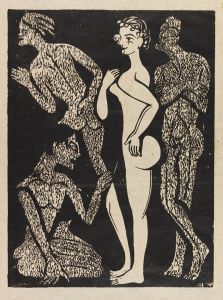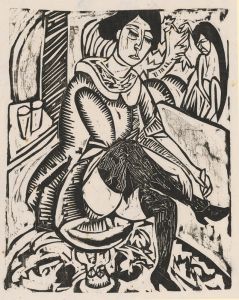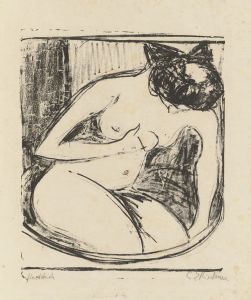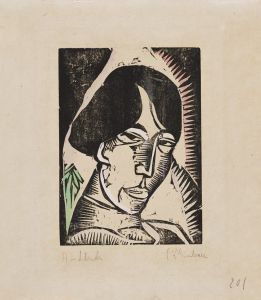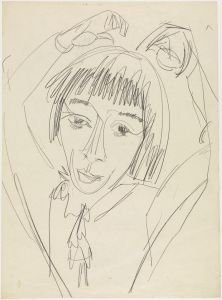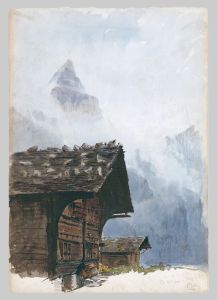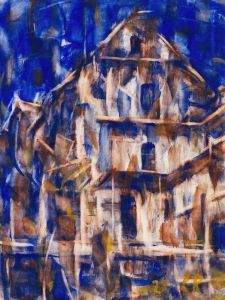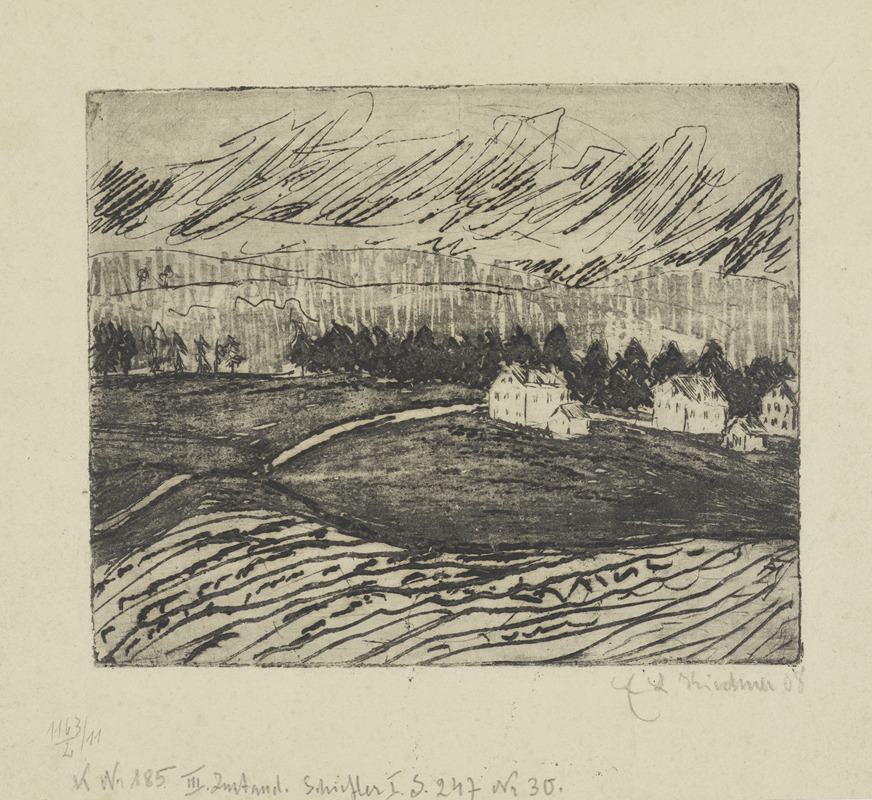
Äcker und Häuser im Erzgebirge
A hand-painted replica of Ernst Ludwig Kirchner’s masterpiece Äcker und Häuser im Erzgebirge, meticulously crafted by professional artists to capture the true essence of the original. Each piece is created with museum-quality canvas and rare mineral pigments, carefully painted by experienced artists with delicate brushstrokes and rich, layered colors to perfectly recreate the texture of the original artwork. Unlike machine-printed reproductions, this hand-painted version brings the painting to life, infused with the artist’s emotions and skill in every stroke. Whether for personal collection or home decoration, it instantly elevates the artistic atmosphere of any space.
"Äcker und Häuser im Erzgebirge" (Fields and Houses in the Ore Mountains) is a painting by the German expressionist artist Ernst Ludwig Kirchner. Created in 1919, this work is a significant example of Kirchner's post-World War I period, reflecting his deep connection to the landscapes and rural life of Germany.
Ernst Ludwig Kirchner (1880-1938) was a founding member of the influential artist group Die Brücke (The Bridge), which played a crucial role in the development of Expressionism in the early 20th century. Kirchner's work is characterized by bold colors, dynamic compositions, and a focus on the emotional and psychological aspects of his subjects.
After serving in World War I and experiencing a subsequent mental breakdown, Kirchner moved to the Swiss Alps in 1917 to recuperate. This period marked a significant shift in his artistic focus, as he turned away from the urban scenes and nudes that had dominated his earlier work. Instead, he began to explore the landscapes and rural life of the regions he inhabited, including the Ore Mountains (Erzgebirge) in Germany.
"Äcker und Häuser im Erzgebirge" depicts a rural scene with fields and houses nestled in the rolling hills of the Ore Mountains. The painting is notable for its vibrant use of color and dynamic brushwork, which convey a sense of movement and vitality. Kirchner's use of exaggerated forms and bold lines reflects his expressionist style, emphasizing the emotional resonance of the landscape rather than a realistic representation.
The Ore Mountains, located on the border between Germany and the Czech Republic, have a rich cultural and historical significance. Known for their mining heritage, the region's picturesque landscapes and traditional architecture provided Kirchner with a wealth of inspiration. In "Äcker und Häuser im Erzgebirge," Kirchner captures the essence of the region's rural charm, highlighting the harmony between human habitation and the natural environment.
Kirchner's time in the Swiss Alps and his visits to the Ore Mountains were crucial in his recovery and artistic development. The tranquility and beauty of these landscapes offered him solace and a renewed sense of purpose. His paintings from this period, including "Äcker und Häuser im Erzgebirge," reflect a more introspective and contemplative approach, as he sought to express his connection to nature and the rural way of life.
Today, "Äcker und Häuser im Erzgebirge" is recognized as an important work in Kirchner's oeuvre, showcasing his mastery of color and form. The painting is held in high regard for its ability to convey the artist's emotional response to the landscape and his innovative approach to expressionism. Kirchner's legacy as a pioneering figure in modern art continues to be celebrated, and his works remain influential in the study of early 20th-century art movements.





